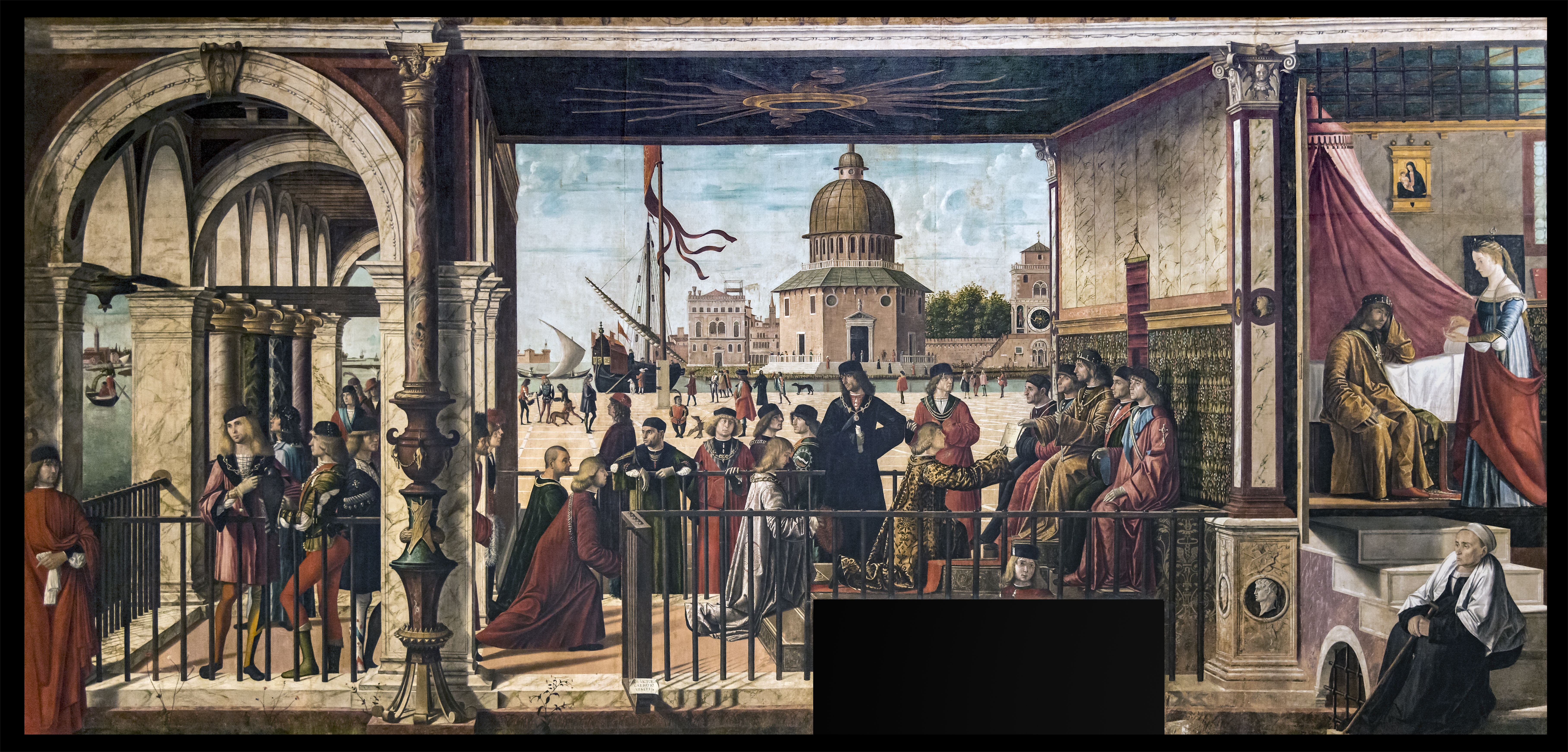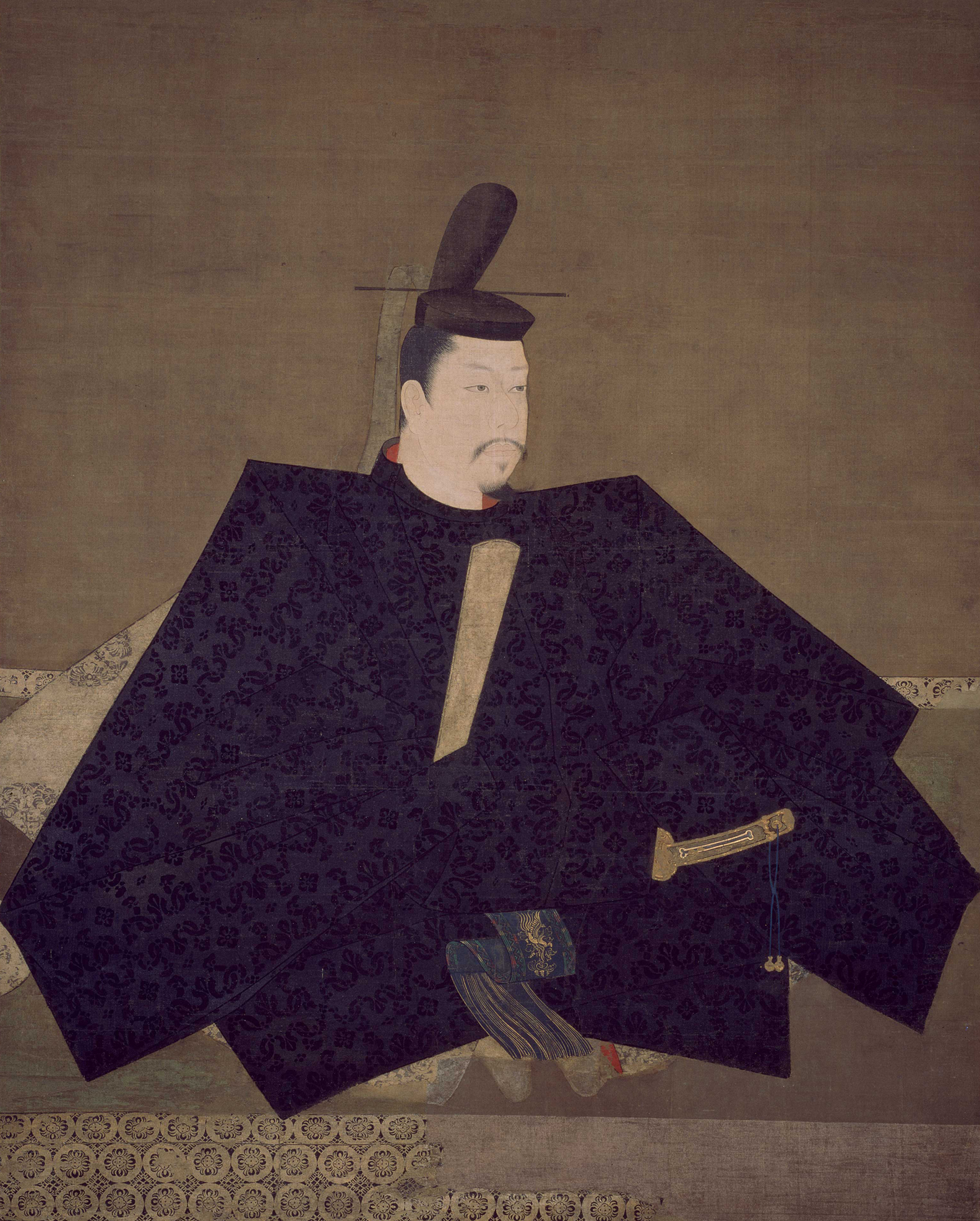|
Song Hŭigyŏng
Song Hŭigyŏng (; 1376–1446) was a Korean scholar-official of the Joseon period in the 15th century. He was also diplomat and ambassador, representing Joseon interests in the ''Hoeryesa'' (diplomatic mission) to the Ashikaga shogunate in Japan. 1419–1420 mission to Japan King Sejong dispatched a diplomatic mission to Japan in 1419–1420. This embassy to court of Ashikaga Yoshimasa in Kamakura was led by Song Hŭigyŏng . Its purpose was to respond to a message sent to the Joseon court by the Japanese shogun.Kang, Etsuko H. (1997) ''Diplomacy and Ideology in Japanese-Korean Relations: from the Fifteenth to the Eighteenth Century,'' p. 275./ref> The Japanese hosts may have construed this mission as tending to confirm a Japanocentric world order.Arano Yasunori (2005) "The Formation of A Japanocentric World Order,"''The International Journal of Asian Studies,'' vol. 2 , pp. 185-216. Song Hŭigyŏng's actions were more narrowly focused in negotiating protocols for Joseon-Japa ... [...More Info...] [...Related Items...] OR: [Wikipedia] [Google] [Baidu] |
Joseon
Joseon ( ; ; also romanized as ''Chosun''), officially Great Joseon (), was a dynastic kingdom of Korea that existed for 505 years. It was founded by Taejo of Joseon in July 1392 and replaced by the Korean Empire in October 1897. The kingdom was founded following the aftermath of the overthrow of Goryeo in what is today the city of Kaesong. Early on, Korea was retitled and the capital was relocated to modern-day Seoul. The kingdom's northernmost borders were expanded to the natural boundaries at the rivers of Yalu River, Amnok and Tumen River, Tuman through the subjugation of the Jurchen people, Jurchens. During its 500-year duration, Joseon encouraged the entrenchment of Korean Confucianism, Confucian ideals and doctrines in Korean society. Neo-Confucianism was installed as the new state's ideology. Korean Buddhism, Buddhism was accordingly discouraged, and occasionally Buddhists faced persecution. Joseon consolidated its effective rule over the Korean peninsula and saw the he ... [...More Info...] [...Related Items...] OR: [Wikipedia] [Google] [Baidu] |
Diplomat
A diplomat (from ; romanization, romanized ''diploma'') is a person appointed by a state (polity), state, International organization, intergovernmental, or Non-governmental organization, nongovernmental institution to conduct diplomacy with one or more other states or international organizations. The main functions of diplomats are representation and protection of the interests and nationals of the sending state; initiation and facilitation of strategic agreements, treaties and conventions; and promotion of information, trade and commerce, technology, and friendly relations. Seasoned diplomats of international repute are used in international organizations (for example, the United Nations, the world's largest diplomatic forum) as well as multinational companies for their experience in management and Negotiation, negotiating skills. Diplomats are members of foreign services and diplomatic corps of various nations of the world. The sending state is required to get the consent of t ... [...More Info...] [...Related Items...] OR: [Wikipedia] [Google] [Baidu] |
Ambassador
An ambassador is an official envoy, especially a high-ranking diplomat who represents a state and is usually accredited to another sovereign state or to an international organization as the resident representative of their own government or sovereign or appointed for a special and often temporary diplomatic assignment. The word is also used informally for people who are known, without national appointment, to represent certain professions, activities, and fields of endeavor, such as sales. An ambassador is the ranking government representative stationed in a foreign capital or country. The host country typically allows the ambassador control of specific territory called an embassy (which may include an official residence and an office, chancery (diplomacy), chancery, located together or separately, generally in the host nation's capital), whose territory, staff, and vehicles are generally afforded diplomatic immunity in the host country. Under the Vienna Convention on Diplomati ... [...More Info...] [...Related Items...] OR: [Wikipedia] [Google] [Baidu] |
Joseon Dynasty
Joseon ( ; ; also romanized as ''Chosun''), officially Great Joseon (), was a dynastic kingdom of Korea that existed for 505 years. It was founded by Taejo of Joseon in July 1392 and replaced by the Korean Empire in October 1897. The kingdom was founded following the aftermath of the overthrow of Goryeo in what is today the city of Kaesong. Early on, Korea was retitled and the capital was relocated to modern-day Seoul. The kingdom's northernmost borders were expanded to the natural boundaries at the rivers of Yalu River, Amnok and Tumen River, Tuman through the subjugation of the Jurchen people, Jurchens. During its 500-year duration, Joseon encouraged the entrenchment of Korean Confucianism, Confucian ideals and doctrines in Korean society. Neo-Confucianism was installed as the new state's ideology. Korean Buddhism, Buddhism was accordingly discouraged, and occasionally Buddhists faced persecution. Joseon consolidated its effective rule over the Korean peninsula and saw the he ... [...More Info...] [...Related Items...] OR: [Wikipedia] [Google] [Baidu] |
Sejong The Great
Sejong (; 15 May 1397 – 8 April 1450), commonly known as Sejong the Great (), was the fourth monarch of the Joseon, Joseon dynasty of Korea. He is regarded as the greatest ruler in Korean history, and is remembered as the inventor of Hangul, the native alphabet of the Korean language. Initially titled Grand Prince Chungnyeong (), he was the third son of Taejong of Joseon, King Taejong and Queen Wongyeong. In 1418, Sejong replaced his eldest brother, Grand Prince Yangnyeong, Yi Che, as crown prince; a few months later, Taejong voluntarily abdicated the throne in Sejong's favor. In the early years of Sejong's reign, Taejong of Joseon, King Emeritus Taejong retained vast powers, most notably absolute executive and military power, and continued to govern until his death in 1422. Sejong reinforced Korean Confucianism, Korean Confucian and Neo-Confucianism, neo-Confucian policies, and enacted major legal amendments (). He personally created and promulgated the Hangul, Korean alp ... [...More Info...] [...Related Items...] OR: [Wikipedia] [Google] [Baidu] |
Ashikaga Yoshimasa
"Ashikaga Yoshimasa" in ''Encyclopædia Britannica, The New Encyclopædia Britannica''. Chicago: Encyclopædia Britannica Inc., 15th edn., 1992, Vol. 1, p. 625. was the eighth ''shōgun'' of the Ashikaga shogunate who reigned from 1449 to 1473 during the Muromachi period of Japan. His actions led to the Ōnin War (1467–1477), which triggered the Sengoku period. His reign saw a cultural flourishing in the arts, the development of East Asian tea ceremony, tea ceremony, Zen Buddhism and Wabi-sabi, wabi-sabi aesthetics. Biography Yoshimasa was the son of the sixth shōgun Ashikaga Yoshinori. His childhood name was Miharu (三春). His Seishitsu, official wife was Hino Tomiko. On August 16, 1443, the 10-year-old ''shōgun'' Yoshikatsu died of injuries sustained in a fall from a horse. He had been shōgun for only three years. Immediately, the ''bakufu'' elevated Yoshinari, the young shōgun's even younger brother, to be the new ''shōgun''. Several years after becoming shōgun ... [...More Info...] [...Related Items...] OR: [Wikipedia] [Google] [Baidu] |
Kamakura, Kanagawa
, officially , is a Cities of Japan, city of Kanagawa Prefecture in Japan. It is located in the Kanto region on the island of Honshu. The city has an estimated population of 172,929 (1 September 2020) and a population density of 4,359 people per km2 over the total area of . Kamakura was designated as a city on 3 November 1939. Kamakura was Japan's ''de facto'' capital when it was the seat of the Kamakura shogunate from 1185 to 1333, established by Minamoto no Yoritomo. It was the first military government in Japan's history. After the downfall of the shogunate, Kamakura saw a temporary decline. However, during the Edo period, it regained popularity as a tourist destination among the townspeople of Edo (Tokyo), Edo. Despite suffering significant losses of historical and cultural assets due to the 1923 Great Kantō earthquake, Great Kantō Earthquake in 1923, Kamakura continues to be one of the major tourist attractions in the Kanto region, known for its historical landmarks such as ... [...More Info...] [...Related Items...] OR: [Wikipedia] [Google] [Baidu] |
Joseon Diplomacy
Joseon diplomacy was the foreign policy of the Joseon dynasty of Korea from 1392 through 1910; and its theoretical and functional foundations were rooted in Neo-Confucian scholar-bureaucrats, institutions and philosophy. Taejo of Joseon established the "Kingdom of Great Joseon" in 1392-1393, and he founded the Joseon dynasty which would retain power on the Korean peninsula for five hundred years. As an initial step, a diplomatic mission was dispatched to China and to Japan in 1402. Subsequent missions developed and nurtured the contacts and exchanges between these neighboring countries. A diplomatic mission conventionally consisted of three envoys—the main envoy, the vice-envoy, and a document official. Also included were one or more official writers or recorders who created a detailed account of the mission. In the 20th century, the Joseon dynasty's bilateral relations were affected by the increasing numbers of international contacts which required adaptation and a new kind of ... [...More Info...] [...Related Items...] OR: [Wikipedia] [Google] [Baidu] |
Joseon Missions To Japan
Joseon missions to Japan represent a crucial aspect of the international relations of mutual Joseon-Japanese contacts and communication. In sum, these serial diplomatic ventures illustrate the persistence of Joseon's '' kyorin'' (neighborly relations) diplomacy from 1392 to 1910. The chronology of one side in a bilateral relationship stands on its own. This long-term, strategic policy contrasts with the ''sadae'' (serving the great) diplomacy which characterized the Joseon-Chinese relations in this same period. The unique nature of these bilateral diplomatic exchanges evolved from a conceptual framework developed by the Chinese. Gradually, the theoretical model would be modified. The changing model mirrors the evolution of a unique relationship between two neighboring states. In the 20th century, Joseon's neighborly relations diplomacy failed. Joseon diplomacy General Yi Sŏng-gye (posthumously known as Taejo of Joseon) established the "Kingdom of Great Joseon" in 1392–1 ... [...More Info...] [...Related Items...] OR: [Wikipedia] [Google] [Baidu] |
1376 Births
Year 1376 ( MCCCLXXVI) was a leap year starting on Tuesday of the Julian calendar. Events January–December * March – The peace treaty between England and France is extended until April, 1377. * March 31 – Pope Gregory XI excommunicates all members of the government of Florence, and places the city under an interdict. * April 28 – The Good Parliament begins in England (so called because its members attempted to reform the corrupt Royal Council on that date). * May 3 – Olav IV Haakonsson is elected King Oluf II of Denmark, following the death of his grandfather, Valdemar IV, in 1375. * June – Catherine of Siena visits Pope Gregory XI in Avignon, to attempt to persuade him to make peace with Florence, and move the Papacy back to Rome. * June 7 – The dying Prince Edward summons his father, Edward III, and brother, John of Gaunt, and makes them swear to uphold the claim to the throne of his son Richard; Edward is the first "English" ... [...More Info...] [...Related Items...] OR: [Wikipedia] [Google] [Baidu] |







